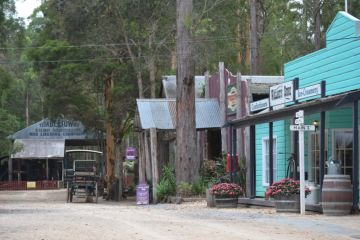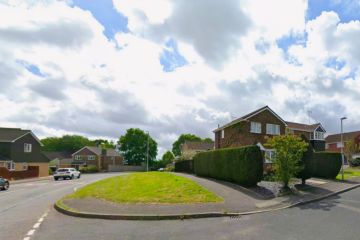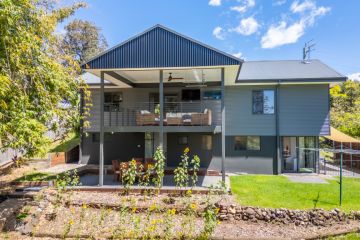Young talent and cashed-up clients: How Canberra became a treasure trove of modernist architecture

Canberra has you covered for classic mid-century homes. Photo: Supplied
It could be a generational thing, or that their open structure, big windows and apt solar orientation make them adaptable to 21st-century living, but enthusiasm for architect-designed, mid-century houses is into its second decade and not flagging yet.
The furniture and objects get good prices at auction and houses in high-value suburbs that can be defended by heritage associations from duplex redevelopment are hot property with Gen X-ers and Millennials, whose grandparents commissioned and lived in them.
Melbourne and Sydney are familiar with their modernist enclaves that throw up refurbishment stories warranting glossy mag covers. But what do we know of Canberra’s embarrassment of mid-century architectural riches?
Mixing the best young architects from both cities with an informed, financially well-resourced clientele, it inspired private houses and those small, set-back apartment blocks arose to infill Burley Griffin’s grander plan.
A grand-scale six bedroom, five-bathroom home on Schlich Street in Yarralumla is on the market for $3.1 million through Berkely Residential.

This grand home on Schlich Street is for sale for $3.1 million. Photo: Supplied
Its neighbourhood demonstrates who was walking around with blueprints during the 1960s when it was built for the deputy German Ambassador.
Behind it is the 1967 Birch House by Noel Potter, and next door a home designed by John Scollay.
Other modernist legends at work in Canberra at the time include Harry Seidler, Pettit+Sevitt, Roy Grounds, Dirk Bolt, Enrico Taglietti, Alex Jelinek, Malcolm Moir, Stephenson and Turner, John Andrews, Ian McKay, Michael Dysart and Robin Boyd.

Modernist marvels:
The Benjamin House (left) and The Fenner House (right) in Canberra. Photo: Canberra House
In fact he also had a hand in one of Canberra’s most admired buildings, the 1956 Shine Dome, or Australian Academy of Science, that was a winning competition design from Boyd and his then practise partners Roy Grounds and Fred Romberg. By 1959 it had the Sulman Medal and, almost 60 years on, maintains an undimmed charisma of demonstrating the brilliance of mid-century architectural invention.
Because he saw it as a way to protect Modernist buildings from the 1950s to the ’70s, Canberra architect Graeme Trickett spent more than two decades documenting and – in the ACT – bringing to public notice lesser-known but no less important properties of the era.
- Related: A modern twist on a childhood home
- Related: The battle for Australian architects
- Related: Why you should move to Canberra

This Schlich Street residence is expected to tap into a strong buyer appreciated for mid-century homes. Photo: Supplied
Because he saw it as a way “to protect these modernist buildings from the ’50s to the ’70s”, working Canberra architect Graeme Trickett spent over two decades at a self- imposed task of documenting and, in the ACT at least, bringing to public notice lesser known but no less important properties of the era.
Although some have been bulldozed — he keenly mourns Stephenson and Turner’s NRMA’s headquarters and most of the “white cubic form” of the Northborne Housing Precinct by Sydney Ancher — among the many Trickett can discuss at length, are some favourite survivors:
He cites Alex Jelinek’s 1957 split-level Benjamin House in Deakin saying the residence displays “an interesting plan based on a circle”. Despite alteration, it still features curved wood and glass and after rain a circular waterfall that cascades into the courtyard pond.
Bill Lyristakis, the selling agent for Schlich Street, says there is strong appreciation of Canberra’s mid-century stock among architects and people with design sense.
Yet the advertising flags the shadow looming over any vintage property not under heritage protection: “sensational opportunity to occupy a fabulous modernist residence or rebuild to taste”.
“This is a sensational example of mid-century, post-war, international-style architecture.”
Trickett says the majority of the ACT’s modernist houses “where Australian architects were experimenting with new technologies” aren’t listed and because they’re either “in older suburbs undergoing renewal” or are small houses where insensitive additions could spell ruination, threat of irreparable change or total loss should have architectural aficionados on much higher alert.
Buildings this essential to our story should not “be up for grabs”, he says, “because the best Australian architects were trying new things out here”.
We recommend
We thought you might like
States
Capital Cities
Capital Cities - Rentals
Popular Areas
Allhomes
More
- © 2025, CoStar Group Inc.







